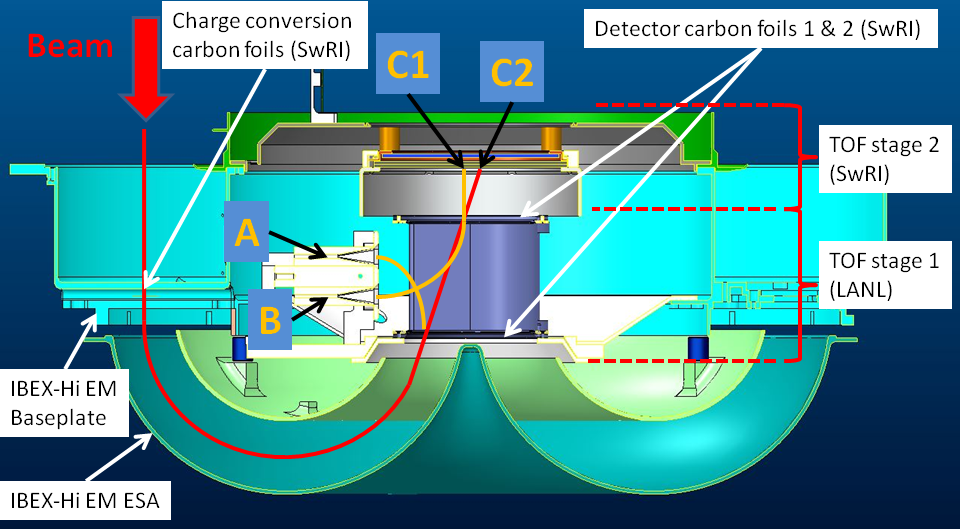Background
SwRI is an acknowledged leader in space flight particle instruments, having developed and flown instruments on dozens of NASA missions. In today’s tight fiscal environment, a proven high technology readiness level (TRL) is as important in the selection process of an instrument as overall instrument performance. NASA announcements of opportunity currently require a TRL of 6 for individual instruments at the time of proposal submission or a defined plan with fallbacks to get to TRL 6 by the preliminary design review stage. TRL 6 is defined as “system/sub-system model or prototype demonstration in a relevant environment.” This means that the proposed instrument must have successfully survived typical launch and on-orbit environments including vibration and thermal vacuum. To increase the odds of being selected, high TRL at proposal selection is a large differentiator.
In addition, some technologies that were successfully used and flown on past SwRI instruments have been lost due to personnel and institutional changes. In the future, to be able to claim TRL-6, these technologies need to be demonstrated again to be at TRL-6 with the new personnel and new institution (i.e. SwRI) performing the activity.
This project successfully advanced the TRL of the IMAP-Hi and CoDICE (Compact Dual Ion Composition Experiment) instruments and demonstrated that SwRI can produce parts for IMAP-Lo that were previously produced by another institution that no longer has that capability.

Figure 1: IMAP-Hi prototype schematic showing ion and electron trajectories.
Approach
The five main tasks that made up this project: 1) For IMAP-Lo, processes and procedures to produce conversion surfaces with equal or better performance than IBEX (Interstellar Boundary Explorer) were developed; 2) for IMAP-Hi, designs and characterization of a time-of-flight section with multi-hit capability to provide mass resolved measurements of Energetic Neutral Atoms (ENA) (see Figure 1) were completed; 3) for CoDICE, completion and documentation of the FPGA code was completed; 4) verified in ENA beam testing; and 5) Avalanche Photo Diodes, tested over temperature to verify they met performance.
Accomplishments
Each of the five main tasks were successfully completed and met specification.
